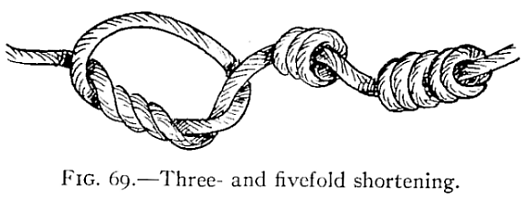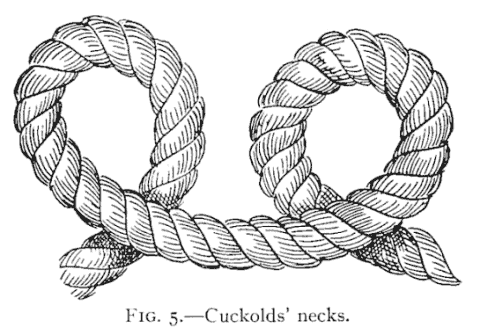

, and because it points in to the center of the circle, at right angles to the velocity, the force will change the direction of the velocity but not the magnitude. Whenever an object experiences uniform circular motion there will always be a net force acting on the object pointing towards the center of the circular path. Newton's second law for uniform circular motion

The centripetal force is not something that mysteriously appears whenever an object is traveling in a circle it is simply the special form of the net force.

You do NOT put a centripetal force on a free-body diagram for the same reason that ma does not appear on a free body diagram F = ma is the net force, and the net force happens to have the special form when we're dealing with uniform circular motion. Centripetal force is a misleading term because, unlike the other forces we've dealt with like tension, the gravitational force, the normal force, and the force of friction, the centripetal force should not appear on a free-body diagram. I personally think that "centripetal force" is misleading, and I will use the phrase centripetal acceleration rather than centripetal force whenever possible.

In circular motion many people use the term centripetal force, and say that the centripetal force is given by: This is known as the centripetal acceleration v 2 / r is the special form the acceleration takes when we're dealing with objects experiencing uniform circular motion.Ī warning about the term "centripetal force" These two equations can be combined to give the equation: A similar equation relates the magnitude of the acceleration to the speed: If r is the radius of the path, and we define the period, T, as the time it takes to make a complete circle, then the speed is given by the circumference over the period. When an object is experiencing uniform circular motion, it is traveling in a circular path at a constant speed. Uniform circular motion Uniform circular motion


 0 kommentar(er)
0 kommentar(er)
